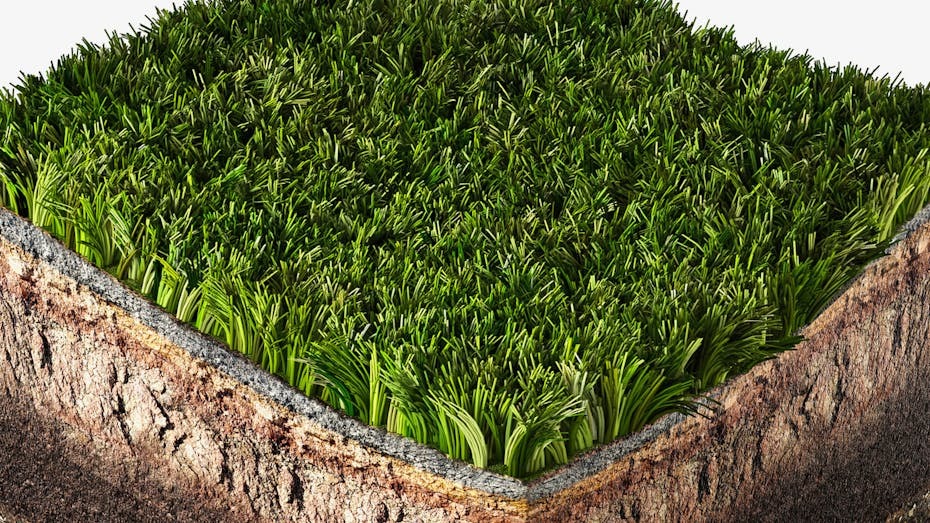
What is Lawn Thatch?
Find out how your lawn produces thatch, why some thatch is good and which grass types produce more or less
Lawn Thatch
Grasses propagate by seed with some also producing side shoots or runners. These side shoots help the grass spread and are either just above the soil surface (stolons) or just below it (rhizomes). This ‘spreading’ helps the turf knit and become thick and dense. Ideal if you want a little ball to roll smoothly across it!
However, nothing is forever, and at some point the parent grass plant and some stolons and rhizomes die to be replaced by younger stronger plants. The problem is that the growing part of the grass plant (crown) together with the stolons and rhizomes contain a chemical compound called lignin which makes them very slow to rot or decay. And because they don’t rot they start to build up, layer upon layer until there is too much. This is thatch!
Not all grasses and lawns produce thatch. Rye grass, though not the finest of grasses is notable for its dark green colour, hard wearing nature and the fact that it doesn’t produce any thatch. Therefore, your typical ‘luxury’ type front lawn with no rye grass will be thicker due to the ‘spreading’ nature of the grasses AND need scarifying, whereas your ‘utility’ type back lawn with high rye grass content won’t. This is one of the reasons rye lawns are so much easier to look after particularly if you’re a reluctant gardener!
The Right Amount of Thatch
Too much thatch is considered to be over half an inch. It makes the lawn feel ‘spongy’ underfoot. As well as feeling like a sponge it can also act like a sponge withholding valuable water, air and nutrients needed by the roots of your lawn.
Conversely a little thatch, perhaps quarter of an inch is beneficial. It is not sufficient to hold valuable nutrients away from the soil and grass roots, but is enough to cushion and protect the valuable crowns of the grass plant and insulate the soil from the drying effects of wind and sun.
Left to its own devices thatch will build to the point where the grass starts rooting into it. This is now a critical situation. The grass grows roots into the thatch because rain and fertiliser is held by it. The soil becomes dry so the only way for your lawn to survive is for the roots to go where the water is – into the thatch.